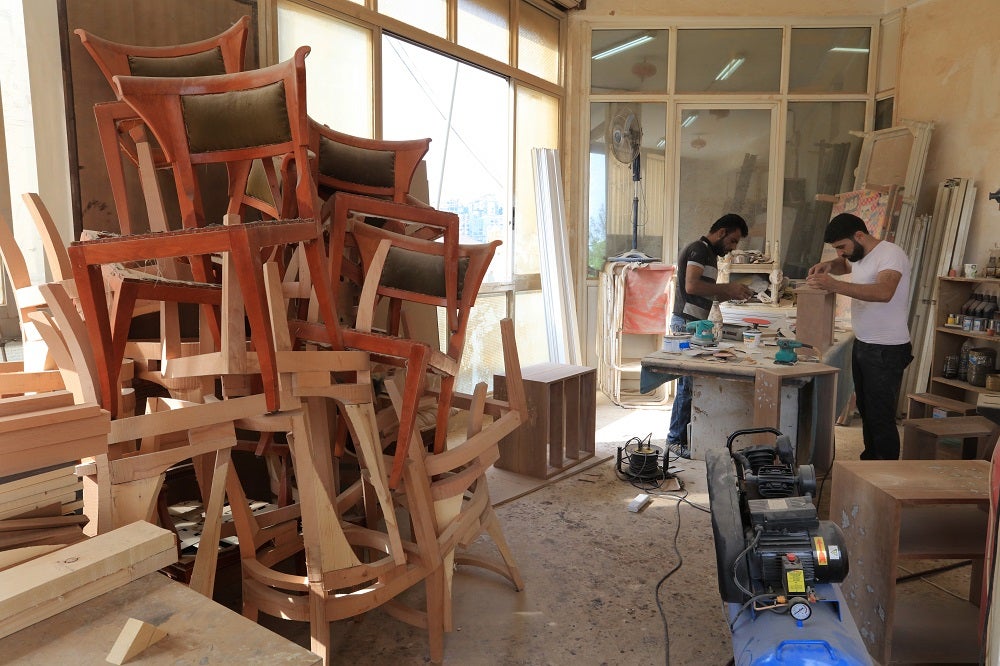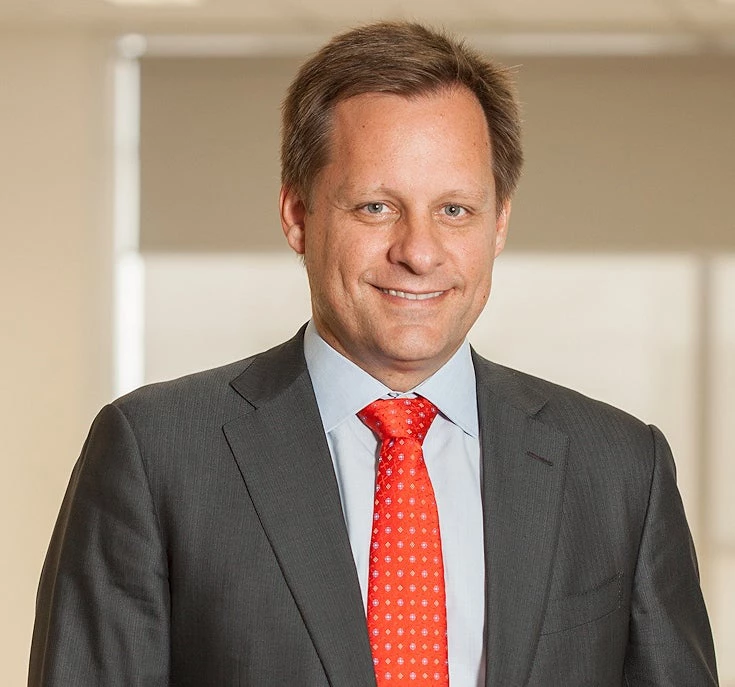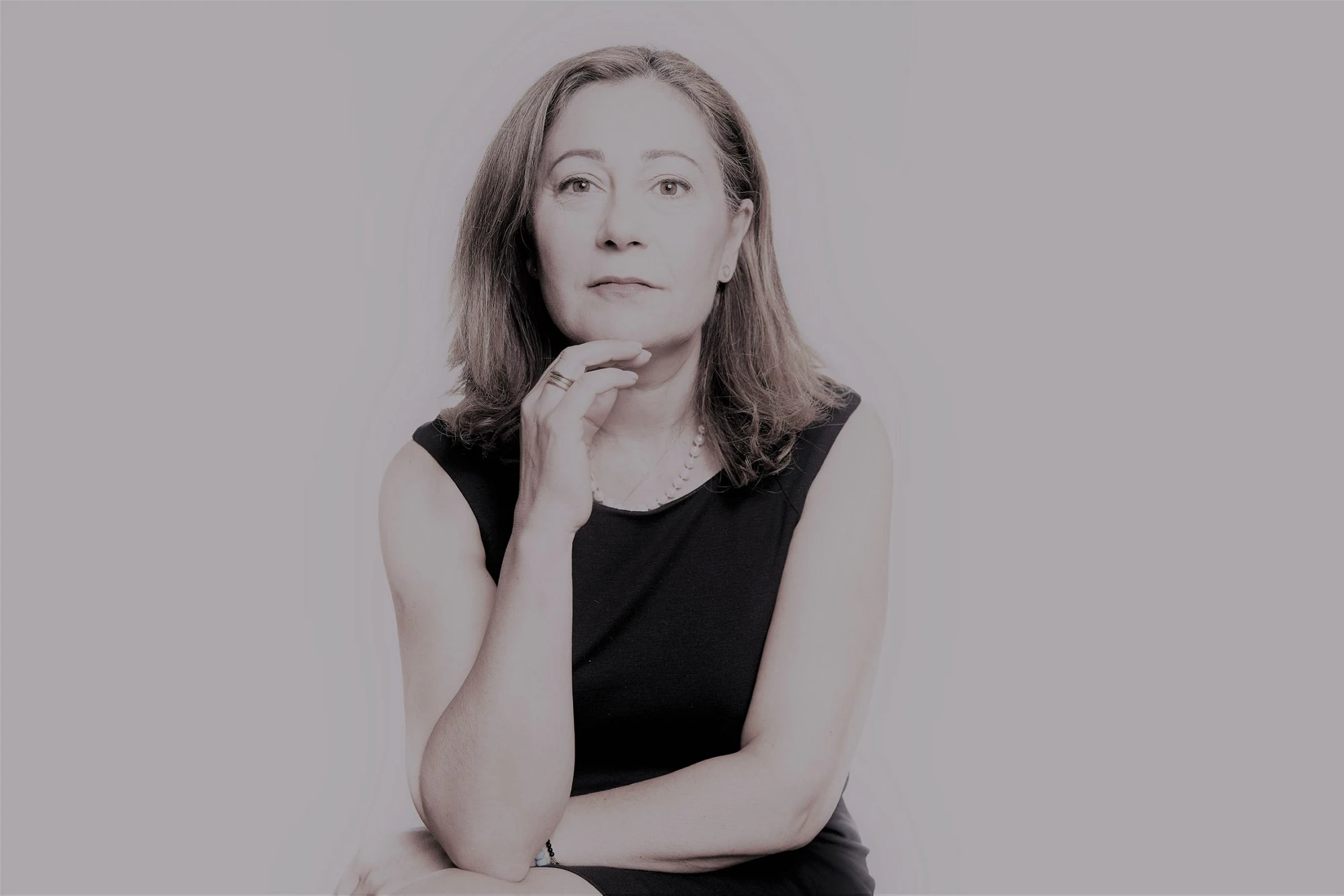 Furniture makers in Lebanon
Furniture makers in Lebanon
In the development community, partnerships are precious. At IFC, we pursue them relentlessly because the world’s development challenges are too daunting to take on singlehandedly. One institution can’t close the more than $5 trillion finance gap that micro, small, and medium enterprises face in developing countries or mobilize the $20 trillion plus needed to confront climate change.
That’s why we covet collaboration. We can do so much more when we bring others on board. But finding partners committed to a set of common goals isn’t easy.
Earlier in June, however, IFC and a group of the world’s largest insurance companies did just that. The result could mark a new era of cooperation between development institutions and the insurance sector that has real impact where it’s needed most.
By teaming up with Aspen, AXA XL, Everest, Liberty Specialty Markets, Munich Re, and Tokio Marine HCC, we can help banks and non-bank financial institutions significantly expand access to finance for small and medium-sized enterprises (SMEs)—something that’s more important than ever during the coronavirus (COVID-19) pandemic. Under this landmark facility, the insurers will underwrite $2 billion of risk in new investments with IFC’s financial institution clients in emerging markets. The arrangement, part of IFC’s Managed Co-Lending Portfolio Program (MCPP), will allow IFC to lend up to $5 billion to banks over the next three years.
This is a groundbreaking initiative for two reasons.
First, it is the single largest credit insurance package by any multilateral development bank. In the short term, it will help banks continue to lend to local businesses, allowing them to keep their doors open, manage cash flows, and pay their employees amid the pandemic. In the longer term, our investments will help banks support economic recovery by lending more to firms that are expanding operations, investing in innovative technologies, and hiring new workers.
Second—and most importantly—the initiative can have a systemic impact by paving the way for ever deeper coordination between multilateral development banks (MDBs) and global insurers. After all, the strategic and commercial interests are in alignment: MDBs have the know-how, networks, and ability to invest directly in developing countries, and insurers have the appetite and capacity to take on long-term risk in emerging markets. We’ve already seen other MDBs adopt the model and encourage more to follow suit.
Insurance is a new tool for MDBs. It gives us the ability to make larger loans to emerging market projects by offloading some of the risk to the private sector. In tough markets, it can help increase our investments far beyond what we could do on our own.
Insurers, meanwhile, are most comfortable underwriting financial risks on secured loans. The lion’s share of credit insurance covers short-term trade-related risks where the goods being exchanged can serve as collateral for financing. Moving insurers into providing a comprehensive non-payment insurance product on unsecured loans in emerging markets is a challenge. But partnerships like MCPP help them become more comfortable with this asset class by bringing them up the learning curve and sharing how we ourselves assess risk.
As a result of this new partnership, MCPP has now raised over $10 billion from third-party investors. That’s impressive, but we hope it is just the beginning of a new chapter in collaboration between global development institutions and the private sector.



Join the Conversation